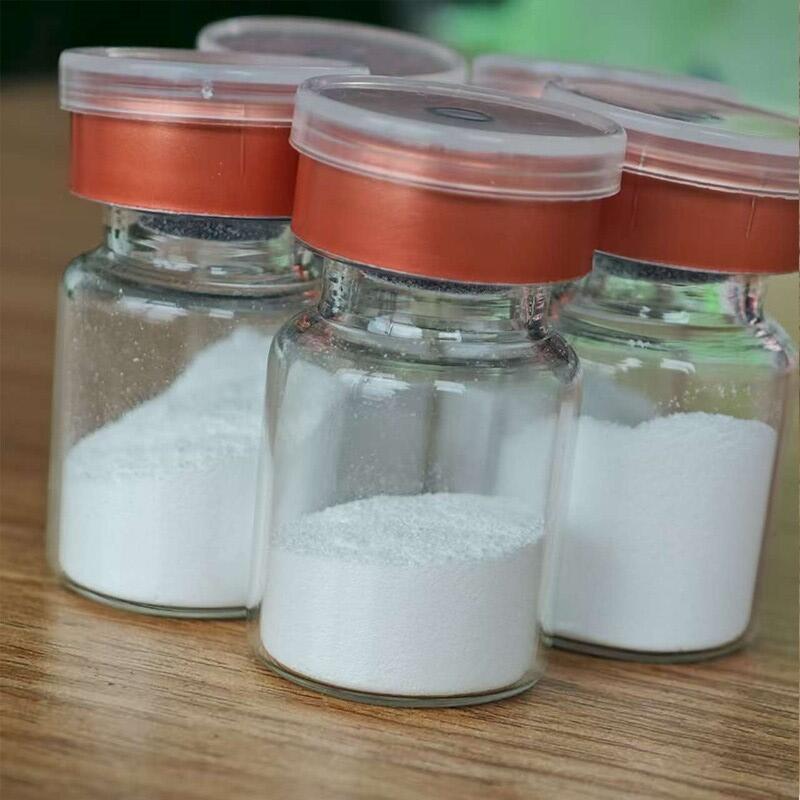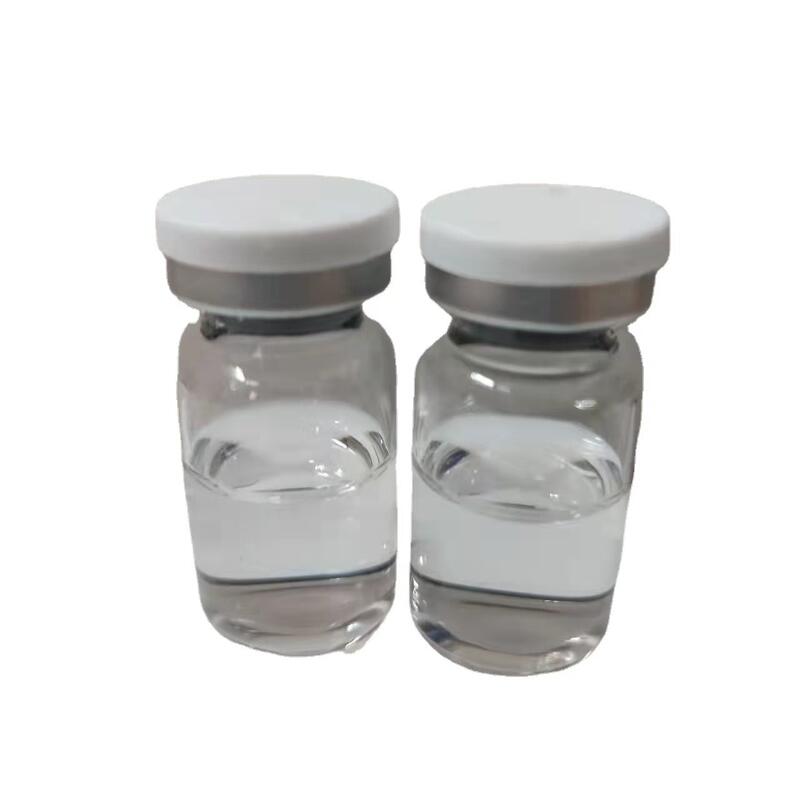U.S. makes new hydro-based gel micropulse system
-
Last Update: 2020-07-07
-
Source: Internet
-
Author: User
Search more information of high quality chemicals, good prices and reliable suppliers, visit
www.echemi.com
in the near future, scientists will be able to grow a variety of synthetic bioengineering tissues, such as muscles and cartilage, in the laboratory for human transplantationIn the latest issue of the journal Nature Materials, engineers at Cornell University in the United States say they mimicthe the vascular system with a water-based gel, creating a cell-scale (10-100 micron) vein system that creates tiny channels inside the gel that provide oxygen, necessary nutrients and growth hormone for individual cellsThe gel stent can support tens of millions of living cells per milliliter, and simply createa a template for tissue growth, and the cells can be arranged in any form in three-dimensional space, such as the shape of the knee half moon plateIn theory, such a system could feed a variety of organizationsBecause micropipes inside the gel pulse system allow oxygen, sugar and proteintos to circulate freely, researchers can optimize the biochemical environment in which cell tissue grows by controlling the rationing of culture strains during tissue cultureFor example, to develop into bones on one side of the tissue and cartilage on the other, researchers need to give the two sides of the growing tissue the right nutrients and proteins to ensure the desired resultResearchers are working to produce the type of tissue needed from stem cellsCurrently, cartilage derived from stem cells has been manufactured but has not yet been usedAs a new tool, the researchers hope to apply these engineering tissues to non-clinical areas, such as replacing experimental animals withdrugmedicinesThis technology brings hope for the cultivation of patients' own cells to form special transplanted organs and replace shis2
This article is an English version of an article which is originally in the Chinese language on echemi.com and is provided for information purposes only.
This website makes no representation or warranty of any kind, either expressed or implied, as to the accuracy, completeness ownership or reliability of
the article or any translations thereof. If you have any concerns or complaints relating to the article, please send an email, providing a detailed
description of the concern or complaint, to
service@echemi.com. A staff member will contact you within 5 working days. Once verified, infringing content
will be removed immediately.







